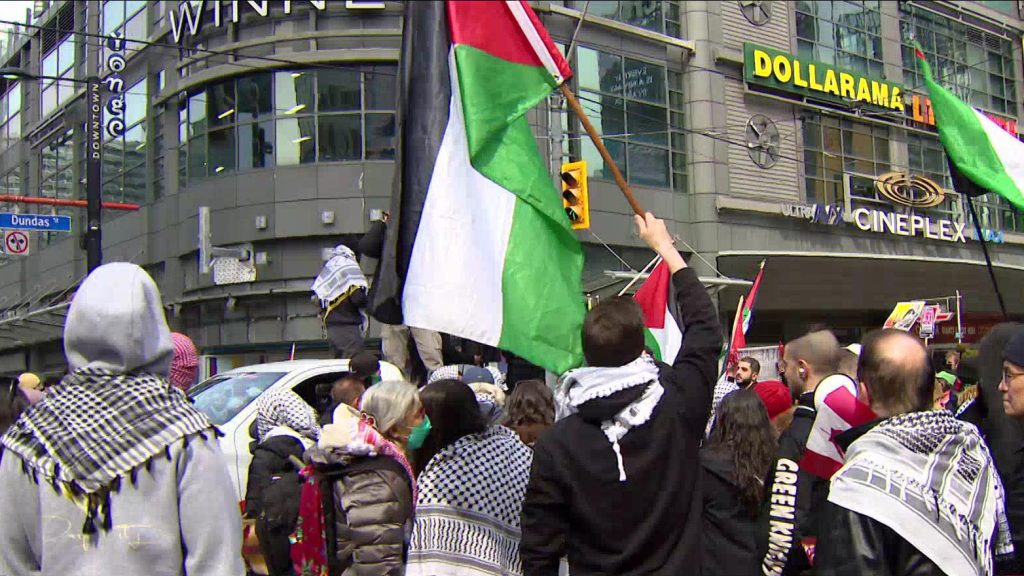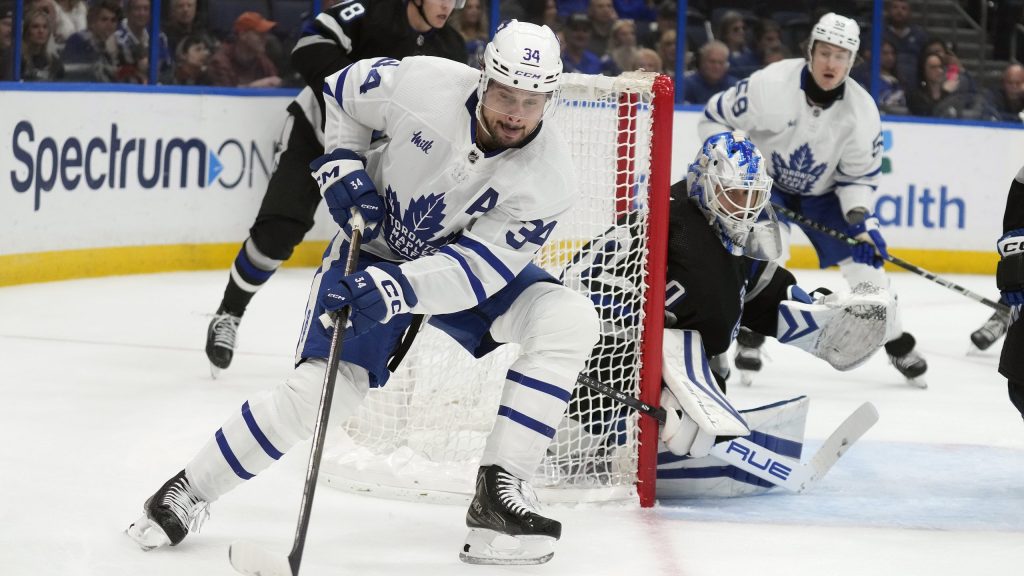The NHL’s labour dispute goes public
Posted October 17, 2012 11:40 am.
This article is more than 5 years old.
One day after a tabling an offer designed to save a full 82-game season, the league took the unprecedented step of publishing it in full on its website on Wednesday.
The league shared both documents it handed over to the NHL Players’ Association — one that outlined the 10-point proposal and another that included a detailed explanation of each item.
The offer is a six-year deal, with a mutual option for a seventh, that includes a 50-50 split in revenue and would see a condensed schedule starting on Nov. 2.
It also includes a provision to ensure players receive all of the money they’ve been promised on existing contracts, although some of that money would be delivered in deferred payments that would count against the players’ overall share in revenue.
A new CBA would need to be signed by Oct. 25 to facilitate the opening of week-long training camps the following day.
Some players expressed cautious optimism in the wake of Tuesday’s proposal, but NHLPA executive director Donald Fehr was much less enthusiastic. In a letter sent to his membership and player agents, which was leaked to TSN on Wednesday, Fehr wrote that the offer “represents very large, immediate and continuing concessions by players to owners.”
“Simply put, the owners’ new proposal, while not quite as Draconian as their previous proposals, still represents enormous reductions in player salaries and individual contracting rights,” Fehr wrote. “As you will see, at the five per cent industry growth rate the owners predict, the salary reduction over six years exceeds $1.6 billion. What do the owners offer in return?”
The NHLPA is expected to offer a formal response to the proposal when the sides meet again on Thursday in Toronto.
The NHL’s latest offer was the third it has delivered to the union since talks began in June and included fewer concessions than it had previously asked for. For example, it said the proposed 50-50 split would be based on the same definition of hockey-related revenue used in the last agreement, pending “mutual clarification of existing interpretations and settlements.”
Some of the other highlights of the offer include:
— an official salary cap of $59.9 million for the 2012-13 season, with the provision that teams can actually spend up to $70.2 million for one year to ease the transition.
— a new rule that would allow teams to retain a portion of a player’s salary in trades.
— the reduction of entry-level contracts to two years.
— a term limit on any contract beyond that set at five years and a stipulation that the average annual value can only vary up to five per cent. This is a mechanism designed to eliminate the long-term, back-diving deals that became popular during the previous CBA.
— the elimination of re-entry waivers.
— an annual revenue-sharing pool of $200 million, half of which is raised from the 10 richest teams, and the creation of a committee to determine how the money is distributed. The NHLPA would be given representation on the committee.
— the introduction of a “neutral” third-party arbitrator to handle appeals on supplemental discipline with a “clearly erroneous” standard of review.
Among the items not addressed in the league’s offer was realignment, drug testing or the NHL’s participation in the 2014 Olympics in Sochi, Russia.










